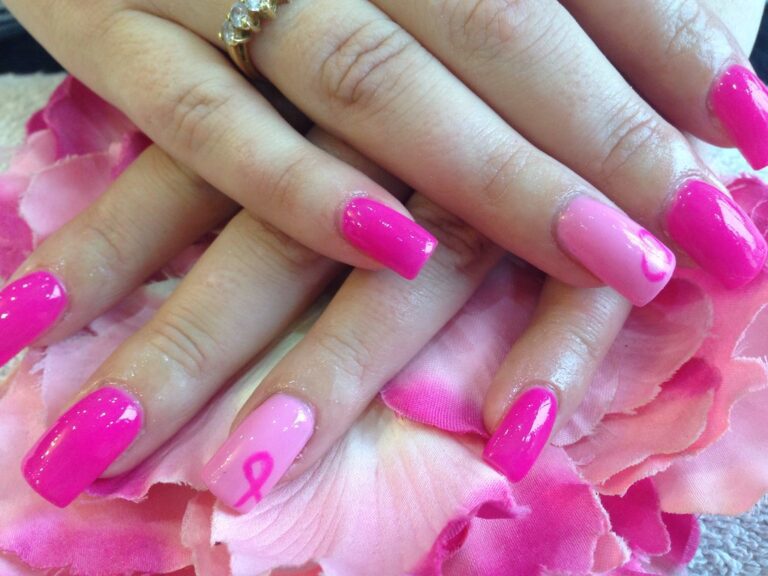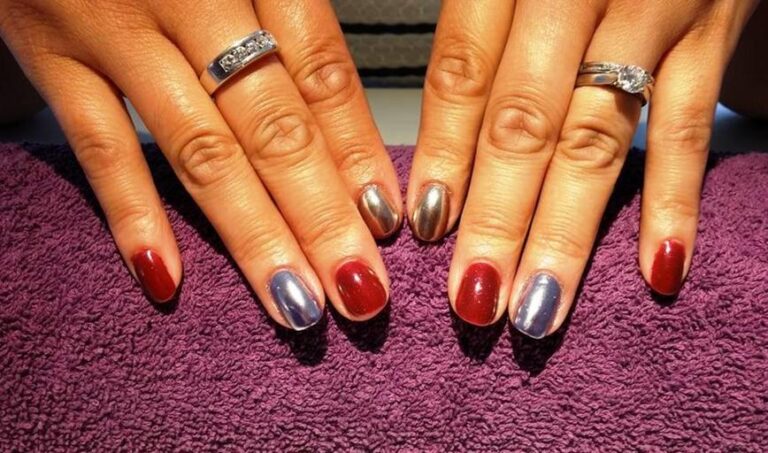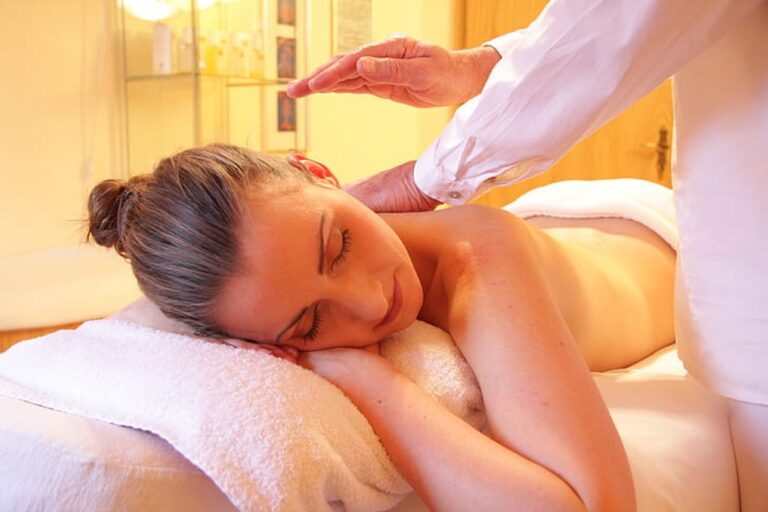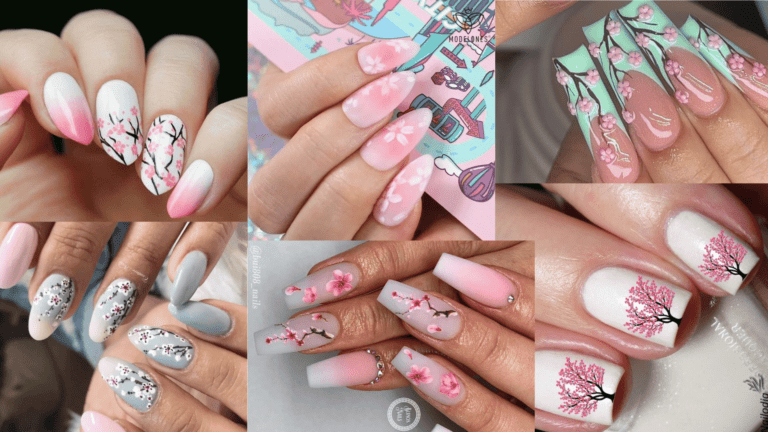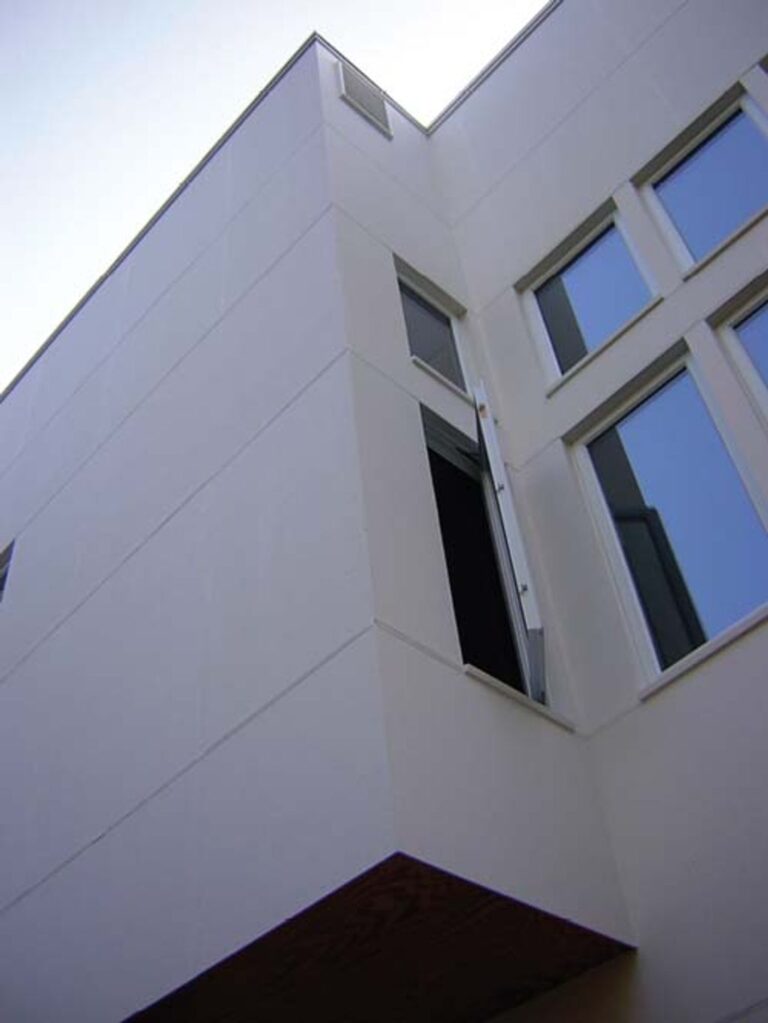“Curve Chronicles: The Mystery of Nails Curving Down”
In this article, we delve into the intriguing phenomenon of nail curvature, specifically the downward curvature of nails. From understanding the anatomy of nails to exploring the clinical perspectives and diagnostic approaches, we aim to unravel the mystery behind this common yet enigmatic occurrence. Join us as we investigate the underlying causes and therapeutic strategies for managing nail curvature disorders.
Key Takeaways
- Understanding the anatomy of nails is crucial in comprehending the process of nail curving downward.
- Genetics play a significant role in determining nail morphology and curvature.
- Nutritional deficiencies and environmental factors can impact nail health and contribute to nail curvature disorders.
- Physical examination techniques are essential for diagnosing nail curvature disorders.
- Conservative treatments, surgical options, and lifestyle adjustments are key therapeutic strategies for managing nail curvature disorders.
Unraveling the Enigma of Nail Curvature

The Anatomy of a Nail
Understanding the anatomy of a nail is crucial when investigating the phenomenon of nails curving downward. A nail is composed of several key structures, each playing a vital role in its growth and health. The nail plate, the visible hard part of the nail, is made of a protein called keratin. Beneath the nail plate lies the nail bed, which provides nourishment and support.
The nail matrix, located at the base of the nail under the cuticle, is where nail growth originates. Any disruption in this area can significantly affect the nail’s shape and overall health. The cuticle serves as a protective barrier, while the lunula, the whitish half-moon at the nail’s base, is a visible part of the matrix.
Proper nail care and understanding the components of nail anatomy can help prevent or mitigate issues related to nail curvature. Regular maintenance and awareness of changes in nail shape or texture are essential for nail health.
Factors Influencing Nail Growth
The growth of nails is a complex process, influenced by a variety of factors. One of the most significant is circulation, as it delivers essential nutrients and oxygen to the nail beds, promoting healthy growth. Age also plays a crucial role; as we get older, our nails tend to grow more slowly. Hormonal changes, such as those experienced during pregnancy or menopause, can also affect the rate and quality of nail growth.
Nutrition is another key element. A diet lacking in vitamins and minerals can lead to weaker nails and slower growth. For instance, deficiencies in iron or biotin can manifest in the form of brittle or thinning nails. Conversely, a balanced diet rich in nutrients can support robust nail development. Environmental factors, including weather conditions and exposure to chemicals, can further impact nail health and growth patterns.
Remember: Consistent nail care and avoiding trauma to the nails can help maintain optimal growth conditions. While genetics determine the natural shape and thickness of your nails, lifestyle choices and health status can significantly influence their growth trajectory.
The Process of Nail Curving Downward
The phenomenon of nails curving downward, also known as onychogryphosis, is a condition where the nails thicken and develop a pronounced curve over time. This can lead to discomfort and even pain, particularly when the nail starts to interfere with everyday activities.
Several factors contribute to this process, including prolonged pressure on the nails, fungal infections, or trauma. As the nail grows, these influences can cause the nail plate to harden and curve. It’s essential to monitor the progression of nail curvature, as it can sometimes indicate more serious health issues.
Tip: Regularly inspecting your nails for changes in shape, texture, or color can help detect the early stages of onychogryphosis.
When addressing the curving of nails, it’s important to consider both the severity and the duration of the condition. Early intervention can prevent further complications and improve the prognosis. Here are some initial steps to manage mild cases:
- Keep nails trimmed and filed to minimize pressure.
- Wear properly fitting shoes to reduce toe pressure.
- Seek treatment for any underlying infections.
For more advanced cases, professional medical advice is recommended to explore potential treatments and management strategies.
Clinical Perspectives on Curved Nails

Identifying Nail Curvature Disorders
The task of identifying nail curvature disorders begins with a keen observation of the nail’s shape and growth patterns. Nail curvature can range from mild undulations to severe, claw-like deformations, known as onychogryphosis. It is essential to distinguish between normal variations and those that may indicate an underlying disorder.
A systematic approach to identifying these disorders includes:
- Noting the direction and degree of the nail’s curve
- Assessing the thickness and color of the nail plate
- Checking for any accompanying symptoms such as pain or inflammation
Tip: Consistent monitoring of nail changes can be crucial in early detection of potential health issues.
Once initial observations are made, further investigation into the patient’s medical history and lifestyle factors can provide valuable insights into the potential causes of the nail curvature. This information is vital for guiding subsequent diagnostic and therapeutic decisions.
Common Conditions Associated with Nail Curving
The phenomenon of nails curving downward can be symptomatic of various underlying health conditions. One of the most recognized conditions is onychogryphosis, a disorder where nails thicken and curve resembling a ram’s horn. This condition often affects the elderly or those with reduced mobility.
Another common condition is clubbing, where the fingertips enlarge and the nails curve around the fingertips. It is frequently associated with lung disease, heart disease, and gastrointestinal disorders. Clubbing is often a sign of chronic low oxygen levels in the blood.
- Psoriasis, a chronic skin condition, can also lead to nail curving. Nail psoriasis manifests as pitting, discoloration, and abnormal growth.
- Anemia, particularly iron-deficiency anemia, can cause spoon-shaped nails, known as koilonychia, which may curve upward rather than down.
Tip: Early detection and management of these conditions can prevent further nail damage and associated complications.
The Role of Genetics in Nail Morphology
The intricate blueprint of our body’s characteristics, including nail morphology, is significantly influenced by our genetic makeup. Genetics play a crucial role in determining the shape, thickness, and growth rate of nails. Variations in specific genes can lead to distinctive nail features that are passed down through families.
For instance, certain genetic disorders manifest with nail abnormalities as a primary symptom. Nail-patella syndrome, a rare genetic condition, is characterized by nail dysplasia, where nails may be absent, underdeveloped, or unusually shaped. This syndrome is a clear example of how genetic factors can directly impact nail morphology.
Tip: While genetic predispositions can’t be altered, understanding them can help in managing expectations and tailoring appropriate care for one’s nails.
It’s important to note that not all nail curvature issues are hereditary. However, recognizing the genetic component can be vital in diagnosing underlying conditions and guiding treatment options.
Investigating the Underlying Causes
Nutritional Deficiencies and Nail Health
The health of our nails can be significantly impacted by our nutritional intake. Deficiencies in certain vitamins and minerals can lead to noticeable changes in nail structure and growth patterns. For instance, a lack of iron can cause nails to become thin, brittle, or concave, a condition known as koilonychia. Similarly, insufficient levels of biotin, a B-vitamin, are often associated with nail weakness and splitting.
Essential nutrients play a critical role in maintaining nail integrity. Here’s a list of key vitamins and minerals along with their functions in nail health:
- Vitamin A: Promotes nail growth and strength.
- Vitamin C: Essential for collagen production, which is vital for nail structure.
- Calcium: Important for nail hardness and preventing brittleness.
- Zinc: Aids in protein synthesis and cell division, crucial for nail development.
Tip: A balanced diet rich in these nutrients can help prevent nail abnormalities and promote overall nail health.
It’s important to recognize that nutritional deficiencies may not be the sole cause of nail curvature or other abnormalities. However, addressing these deficiencies is a fundamental step towards restoring nail health and preventing further complications.
Impact of Environmental Factors
The environment plays a pivotal role in the health of our nails, often in ways that are not immediately apparent. Prolonged exposure to water, harsh chemicals, or extreme temperatures can lead to a phenomenon known as onychoschizia, or the splitting and peeling of nails. This condition is a clear indicator of the impact of environmental factors on nail health.
- Water Exposure: Frequent handwashing or swimming can strip nails of their natural oils.
- Chemicals: Cleaning agents and solvents can weaken nail structure.
- Temperature: Extreme cold or heat can cause nails to become brittle and more prone to curving.
Tip: Wearing gloves during household chores can protect nails from harmful exposure and help maintain their integrity.
It’s essential to recognize that our daily activities and the environments we frequent can have a lasting effect on our nail health. By understanding and mitigating these external influences, we can take proactive steps to prevent or reduce the downward curving of nails.
Chronic Health Issues and Nail Changes
Chronic health conditions can have a profound impact on the appearance and structure of nails. For instance, psoriatic arthritis (PsA) is known to cause nail changes such as pitting and separation. Similarly, conditions like ankylosing spondylitis can lead to inflammatory changes, including nail ridges.
Nails can also serve as subtle indicators of systemic diseases. Horizontal ridges, known as Beau’s lines, may signal underlying issues such as kidney or thyroid disease. Spoon-shaped nails, or koilonychia, might suggest an iron deficiency or more serious conditions.
Early detection of nail changes is crucial for managing chronic health issues. Here are some common nail changes and their possible health implications:
- Pitting and separation: Often associated with psoriatic arthritis.
- Nail ridges: Can indicate inflammatory conditions like eczema or psoriasis.
- Beau’s lines: May be a sign of kidney or thyroid problems.
- Koilonychia: Typically linked to iron deficiency anemia.
Tip: Regularly inspecting your nails for abnormalities can be an important step in early diagnosis of health issues. If you notice significant changes, consult your healthcare provider.
Diagnostic Approaches to Nail Curvature

Physical Examination Techniques
The initial step in diagnosing nail curvature involves a thorough physical examination. This process is critical for distinguishing between normal variations in nail shape and signs of underlying pathology. During the examination, healthcare professionals assess the nail’s color, texture, and shape, with a particular focus on the extent and pattern of the curvature.
A systematic approach is essential for a comprehensive evaluation. The following list outlines key aspects of the physical examination:
- Inspection of the nail plate for discoloration, thickening, or ridges
- Palpation of the nail bed and surrounding tissue for tenderness or masses
- Evaluation of nail strength and flexibility
- Observation of the cuticle and surrounding skin for signs of infection or inflammation
Tip: Consistency in the examination technique is paramount to ensure that subtle changes in nail morphology are not overlooked.
The findings from the physical examination can guide further diagnostic steps and help determine if advanced diagnostic tools are necessary. It is important to document the observations meticulously to monitor the progression of the nail curvature over time.
When to Seek a Dermatologist’s Opinion
While minor nail curving can often be managed with home care, certain signs warrant a dermatologist’s opinion. If you observe persistent changes in nail shape, color, or texture, it’s prudent to consult a specialist. Symptoms such as pain, swelling, or signs of infection are also red flags.
- Early intervention is key to addressing underlying health issues that may manifest as nail changes. Here are some indicators that should prompt a visit to a dermatologist:
- Unusual nail curvature that progresses or causes discomfort
- Discoloration or dark streaks beneath the nail
- Thickening or thinning of the nails
- Separation of the nail from the nail bed
Remember, timely diagnosis can lead to more effective treatment and prevent potential complications. Do not hesitate to seek professional advice if you’re concerned about the health of your nails.
Advanced Diagnostic Tools
Beyond the standard physical examination, advanced diagnostic tools are pivotal in determining the precise cause of nail curvature. These tools range from imaging techniques like X-rays to more sophisticated methods such as dermoscopy, which allows for a closer examination of the nail and surrounding tissue.
- Nail biopsy procedures have become increasingly refined, aiding in the diagnosis of conditions like longitudinal melanonychia. Proper collection and processing of nail samples are critical for accurate results.
For patients with persistent nail problems, genetic testing may offer insights into hereditary factors influencing nail morphology. This can be particularly useful for conditions where the nail curvature is a symptom of a broader genetic syndrome.
Remember: Early and accurate diagnosis is key to effective treatment and management of nail curvature disorders.
Therapeutic Strategies and Management

Conservative Treatments for Mild Cases
Conservative treatments for mild cases of nail curvature focus on non-invasive methods to correct the issue. Regular trimming and filing of the nails can help alleviate discomfort and prevent further curvature. Additionally, protective nail coatings can provide support and protection to the nails, reducing the risk of further curving. In some cases, nail splints may be recommended to stabilize the nails and promote straighter growth. It’s important to consult a professional for personalized advice and treatment options.
Surgical Options for Severe Curvature
In cases where nail curvature is severe and conservative treatments have proven ineffective, surgical intervention may be considered as a viable option. The goal of surgery is to correct the deformity, alleviate any associated pain, and restore the nail’s normal function. One common procedure is the nail avulsion, which involves the removal of the entire nail plate to allow for a new, healthy nail to grow in its place.
Depending on the underlying cause of the nail curvature, additional surgical techniques may be employed. These can range from minor corrective procedures to more complex surgeries that address bone or tissue abnormalities. It’s essential to have a thorough evaluation by a qualified specialist to determine the most appropriate surgical approach.
Recovery times and postoperative care are crucial aspects to consider when opting for surgery. Patients should follow their surgeon’s instructions carefully to ensure optimal healing and to prevent complications. Here are some general post-surgery care tips:
- Keep the operated area clean and dry
- Follow pain management protocols
- Attend all follow-up appointments
Tip: Always discuss the potential risks and benefits of surgical options with your healthcare provider to make an informed decision.
Lifestyle Adjustments for Nail Care
When it comes to nail care, moisturizing is key. Keeping the nails and cuticles well-hydrated can help prevent brittleness and breakage. Additionally, maintaining good nail hygiene by regularly cleaning and trimming the nails can contribute to overall nail health. It’s also important to avoid over-soaking the nails, as excessive moisture can weaken them. Lastly, a balanced, nutrient-rich diet can support the strength and resilience of nails, promoting healthy growth and minimizing the risk of damage.
In the world of nail art, therapeutic strategies and management play a crucial role in maintaining healthy and beautiful nails. At NAILinspire.com, we are dedicated to providing the ultimate online nail art design library, where you can explore a wide range of creative designs, techniques, and inspiration. Whether you’re a nail art enthusiast or a professional nail artist, our website offers a wealth of resources to help you elevate your nail art game. Visit NAILinspire.com today and unleash your creativity!
Frequently Asked Questions
What causes nails to curve downward?
Nails can curve downward due to a variety of factors, including genetics, nutritional deficiencies, and chronic health issues.
Are curved nails a sign of a health problem?
In some cases, curved nails can be indicative of an underlying health issue, such as iron deficiency anemia or thyroid disorders. It is important to consult a healthcare professional for proper evaluation.
Can curved nails be straightened without surgery?
Mild cases of curved nails can often be managed with conservative treatments, such as proper nail care, moisturizing, and protective measures. However, severe cases may require surgical intervention.
How can I prevent my nails from curving downward?
Maintaining a balanced diet, protecting nails from trauma, and practicing good nail hygiene can help prevent excessive nail curvature. Regular monitoring of nail health is also important.
Is nail curvature hereditary?
Genetics can play a role in nail morphology, including curvature. Individuals with a family history of curved nails may have a higher likelihood of experiencing similar nail changes.
When should I seek medical attention for curved nails?
If you notice sudden or significant changes in the curvature of your nails, experience pain or discomfort, or have concerns about the appearance of your nails, it is advisable to seek the opinion of a dermatologist or healthcare provider.

